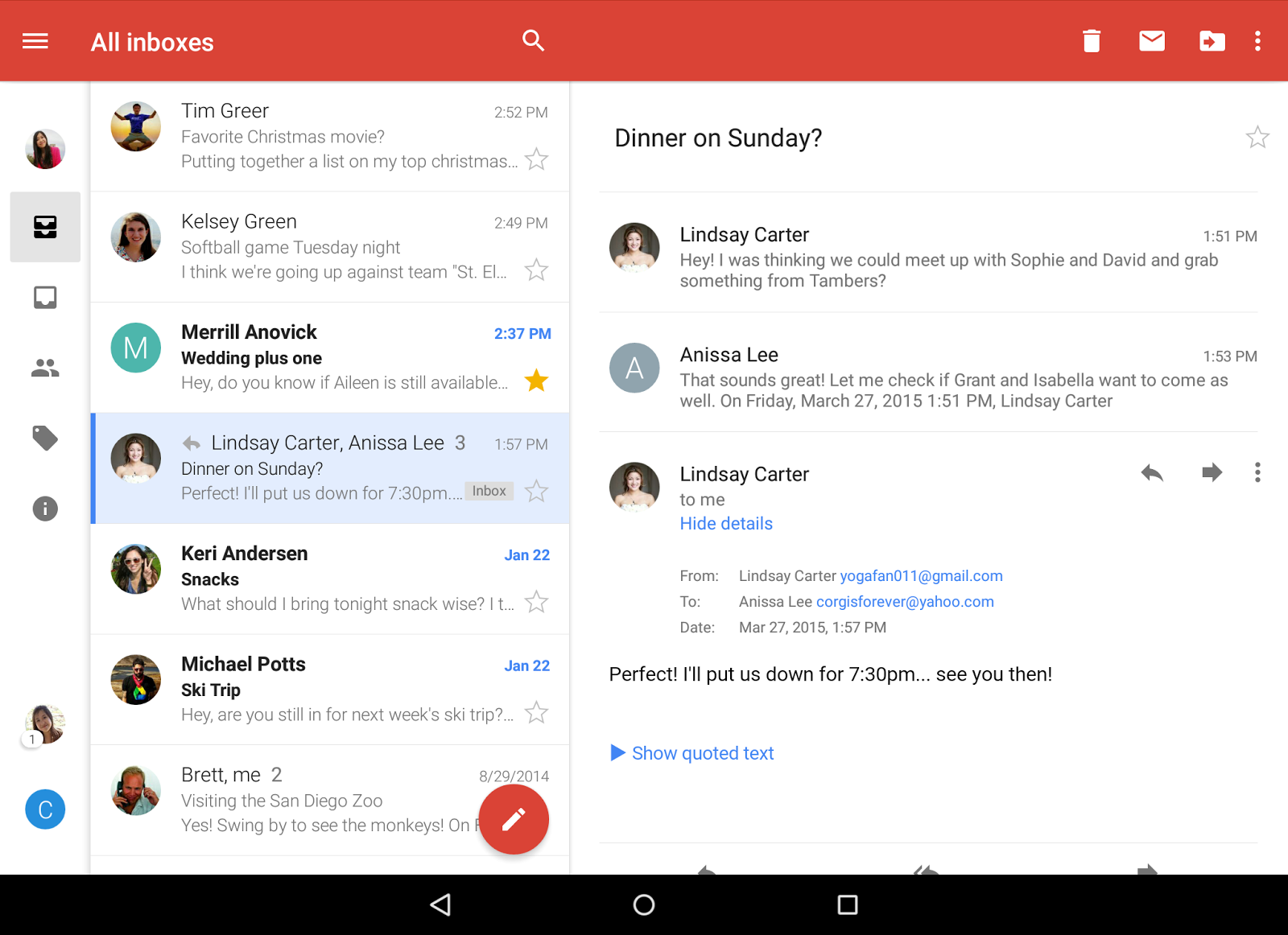

Gmail: As a free Gmail user, you’ll have access to up to 15 GB of storage. You can create addresses like but still rely on Gmail as your central email management platform. G Suite: With G Suite, you’ll be able to create your own domain and use that for your Gmail addresses. You’ll have some degree of control over the first part of your email address, but the “Gmail” part is fixed. Gmail: When you sign up for a Gmail account, one of the stipulations is you’re forced to use the extension. You’ll also be able to easily reset passwords and handle other issues from a high level. While your team members can each send and receive emails as they normally would, you’ll be able to create, edit, and delete accounts as you see fit.
#Business email for gmail full#
G Suite: With a G Suite plan, you’ll have administrative control over all the email addresses you create in other words, you can create different Gmail addresses for the individual members of your team, then retain full control over how those addresses are used. You’re (usually) the one creating your own account, and you’ll have full oversight over how that account is used, so long as you protect your login credentials.

Gmail: When you create a Gmail account for yourself, you have full control in a kind of self-contained environment.
#Business email for gmail for free#
You can also try G Suite for free for 14 days. G Suite: G Suite plans range in cost Basic plans are $6 per month per user, Business plans are $12 per month per user, and Enterprise plans are $25 per month per user. Gmail: You can sign up for Gmail for free, and gain access to most of the productivity apps for free, but if you want more robust services, you’ll need to pay for a G Suite account. However, there are many differences between a free Gmail account and a G Suite account: 1. Most of the Gmail-related services you use for email will be the same. If you sign up for G Suite, you’ll be able to set up a Gmail account, and possibly several accounts. Okay, so what are the differences between G Suite vs Gmail? Let’s start with what they have in common. There are also unique G Suite products designed for different sectors, like Government, Nonprofit, and Education. There are many different service packages available through G Suite, including low-cost, bare-bones options like the Basic edition, up through more advanced packages like the Enterprise edition. Merely having a Gmail account or Google Account will not grant you access to G Suite G Suite is a collection of different productivity tools, apps, and services designed for organizational use. Still, Google Accounts and Gmail accounts are often used interchangeably. All Gmail accounts are Google Accounts, but not all Google Accounts are Gmail accounts. However, it’s important to note that you don’t need a Gmail account to create a Google Account you could hypothetically sign up with a Yahoo or similar email account. If you’ve created a Gmail account, with an email address as your username and a unique password, these login credentials will double as your Google Account information. A Google Account is a specific account with Google that enables you to access products like Google Docs, Sites, Maps, and Photos. If and when you create a Gmail account, your account will also double as a Google Account. With that free account, you can send and receive emails with up to 15 GB of storage. You may already have a Gmail account-an email address that ends in It’s completely free to sign up for Gmail and create a Gmail address of your own. As you likely know, Gmail is a specific Google product designed to help users send, receive, and manage email. Let’s start with a high-level overview of Gmail, G Suite, and Google Accounts: The Differences Between G Suite vs Gmail.


 0 kommentar(er)
0 kommentar(er)
